

Articles
How To Turn A Puzzle Into Wall Art
Modified: December 7, 2023
Learn how to transform a puzzle into stunning wall art with these helpful articles. Discover tips, tricks, and inspiration for creating unique and eye-catching decor pieces.
(Many of the links in this article redirect to a specific reviewed product. Your purchase of these products through affiliate links helps to generate commission for Storables.com, at no extra cost. Learn more)
Introduction
Are you looking for a creative way to display your completed puzzles? Turning a puzzle into wall art is not only a unique and visually appealing option but also a great way to show off your hard work. Whether it’s a jigsaw puzzle, a crossword puzzle, or a sudoku, transforming it into a decorative piece for your wall can add a touch of personality to any space.
In this article, we will guide you through the process of turning a puzzle into wall art. We will discuss the materials you need, the steps involved, and provide helpful tips along the way. So, grab your favorite puzzle and let’s get started on this exciting DIY project!
Materials Needed:
- A completed puzzle
- Puzzle glue or adhesive sheets
- Mounting board or foam board
- A picture frame (optional)
- Double-sided tape or picture hanging strips
Now that we have our materials ready, let’s dive into the step-by-step process of transforming a puzzle into wall art.
Key Takeaways:
- Transform your completed puzzles into captivating wall art by following a simple DIY process. Showcase your creativity and personality while adding a unique touch to your home or office decor.
- Every step, from choosing the perfect puzzle to hanging it on the wall, is crucial in creating a beautiful and memorable piece of art. Enjoy the process and take pride in your artistic puzzle creation!
Materials Needed
Before we start the process of turning a puzzle into wall art, let’s gather all the materials we will need for this DIY project:
- A completed puzzle: Choose a puzzle that you have successfully completed and are proud to display. It could be a jigsaw puzzle, crossword puzzle, or any other type of puzzle that you enjoy.
- Puzzle glue or adhesive sheets: You will need puzzle glue or adhesive sheets to hold the puzzle together and prevent it from falling apart. Puzzle glues are specifically designed for puzzles and provide a strong bond without damaging the puzzle.
- Mounting board or foam board: To mount the puzzle, you will need a sturdy backing material such as a mounting board or foam board. This will provide support and stability to the puzzle.
- A picture frame (optional): If you want to give your puzzle a more finished look, you can choose to frame it. Select a picture frame that fits the size of your puzzle and complements your desired aesthetic.
- Double-sided tape or picture hanging strips: Lastly, you will need double-sided tape or picture hanging strips to securely hang your puzzle on the wall. These adhesive options are easy to use and will ensure that your puzzle stays in place.
Now that we have gathered all the necessary materials, we can move on to the step-by-step process of turning a puzzle into wall art. It’s time to put your creativity to work and transform your completed puzzle into a stunning piece of décor for your home or office!
Step 1: Choose a Puzzle
The first step in turning a puzzle into wall art is to choose a puzzle that you want to display. This can be a puzzle that you have recently completed or one that holds special meaning to you. Here are a few things to consider when selecting a puzzle:
- Size: Choose a puzzle that fits the desired space on your wall. If you have a larger area available, you can opt for a larger puzzle. For smaller spaces, a smaller puzzle will work just fine.
- Design and theme: Consider the design and theme of the puzzle. Choose something that reflects your personal style or matches the décor of the room where you plan to hang the puzzle.
- Difficulty level: Think about the level of difficulty you prefer. If you want a challenge, go for a puzzle with intricate designs and a higher piece count. For a more relaxed experience, opt for a puzzle with fewer pieces and simpler patterns.
- Sentimental value: If there’s a puzzle that holds sentimental value or a special memory, it can make a wonderful choice for wall art. It could be a puzzle you did with loved ones or one that reminds you of a special place or moment.
Remember, the goal is to choose a puzzle that you enjoy and that will bring joy and aesthetic value to your wall. Once you have selected the perfect puzzle, let’s move on to the next step: preparing the puzzle for mounting.
Step 2: Prepare the Puzzle
Now that you have chosen the puzzle you want to turn into wall art, it’s time to prepare it for mounting. Follow these steps to ensure the puzzle is ready to be transformed into a decorative piece:
- Clean the puzzle: Start by gently cleaning the front and back of the puzzle using a soft cloth or brush. This will remove any dust or debris that may have accumulated during the completion of the puzzle.
- Flip the puzzle: Carefully flip the puzzle over to the backside. If the puzzle pieces are loose, gently press them down to ensure they stay in place.
- Apply puzzle glue or adhesive sheets: Apply puzzle glue or adhesive sheets to the back of the puzzle. If using puzzle glue, spread a thin layer evenly across the entire back surface of the puzzle, making sure to cover all the pieces. If using adhesive sheets, carefully peel off the backing and attach the sheets to the back of the puzzle.
- Let it dry: Allow the puzzle to dry completely according to the instructions provided with the puzzle glue or adhesive sheets. This usually takes several hours or overnight.
- Trim excess glue or adhesive sheets: Once the puzzle is dry, trim any excess glue or adhesive sheets from the edges of the puzzle using a craft knife or scissors. Be careful not to damage the puzzle pieces.
By following these steps, you will ensure that your puzzle is properly prepared for mounting. The puzzle glue or adhesive sheets will hold the puzzle together, making it easier to handle and mount on the backing material. With the puzzle prepared, let’s move on to the next step: mounting the puzzle.
Consider framing the completed puzzle with a backing board and glass to protect it. Use a strong adhesive to secure the puzzle to the backing board before framing.
Step 3: Mount the Puzzle
Now that your puzzle is prepared and held together with puzzle glue or adhesive sheets, it’s time to mount it on a sturdy backing material. Follow these steps to successfully mount your puzzle:
- Prepare the mounting board: If you are using a mounting board or foam board as a backing material, make sure it is clean and free from any dust or debris. You can use a soft cloth or brush to wipe away any particles.
- Apply adhesive: Place the puzzle face down on a flat surface. Apply double-sided tape or a strong adhesive, such as glue or adhesive sheets, to the back of the puzzle. Make sure to apply the adhesive evenly across the entire back surface to ensure secure attachment.
- Position the puzzle: Carefully lift the puzzle and position it onto the mounting board. Press it down firmly to ensure it adheres properly.
- Smooth out any air bubbles: Gently smooth out any air bubbles or wrinkles on the puzzle’s surface using a soft cloth or your hands. Take your time to ensure the puzzle is flat and smooth.
- Let it dry: Allow the puzzle to dry completely according to the instructions provided with the adhesive you used. This will ensure that the puzzle is securely mounted to the backing material.
Once the puzzle is completely dry, it will be securely mounted on the mounting board or foam board. This step is crucial in preserving the shape and integrity of the puzzle while preparing it for framing or hanging. Speaking of framing, if you choose to frame your puzzle, let’s move on to the next step: framing the puzzle.
Read more: How To Arrange Wall Art
Step 4: Frame the Puzzle
Now that your puzzle is securely mounted on the backing material, you have the option to frame it for a more polished and professional look. Follow these steps to frame your puzzle:
- Select a frame: Choose a picture frame that complements the size and style of your puzzle. Ensure that the frame is slightly larger than the puzzle to allow for a border.
- Remove the glass and backing: Carefully remove the glass and backing from the picture frame. Set them aside in a safe place.
- Place the mounted puzzle in the frame: Lay the frame face down on a clean surface. Carefully place the mounted puzzle into the frame, ensuring it is centered and aligned.
- Secure the puzzle in the frame: Use the tabs or clips provided with the picture frame to secure the puzzle in place. Make sure the puzzle is held firmly without any movement.
- Insert the glass and backing: Once the puzzle is securely in place, insert the glass back into the frame followed by the backing. Make sure everything fits snugly.
- Secure the frame: If your frame has clips or tabs to secure the backing, use them to ensure the frame is securely closed. Otherwise, use adhesive tape or small nails to secure the frame.
By framing your puzzle, you not only protect it but also add a finished and professional touch to your wall art. The frame will provide extra stability and help showcase your puzzle in a neat and attractive manner. Once the puzzle is framed, it’s time for the final step: hanging the puzzle on the wall.
Step 5: Hang the Puzzle
Now that your puzzle is mounted and framed, it’s time to hang it on the wall and turn it into a captivating piece of art. Follow these steps to hang your puzzle:
- Select the wall: Choose the wall where you want to display your puzzle. Consider the height, lighting, and overall aesthetics of the space.
- Measure and mark: Measure the dimensions of your framed puzzle and mark the desired placement on the wall. Use a level to ensure your marks are straight and balanced.
- Use picture hanging strips: Peel the backing off the picture hanging strips and stick them to the back of the frame, following the instructions provided. Make sure to use enough strips for proper support.
- Position the frame: Carefully position the framed puzzle on the wall, using the marked measurements as a guide. Press the frame firmly against the wall to ensure it adheres to the strips.
- Step back and adjust: Step back and assess the placement of your puzzle. Make any necessary adjustments to ensure it is straight and level.
- Enjoy your puzzle wall art: Once your puzzle is securely hung on the wall, take a step back and admire your creation. It’s now ready to be enjoyed and appreciated by yourself and anyone who enters the space.
Congratulations! You have successfully turned your puzzle into captivating wall art. It’s a visual representation of your patience, creativity, and determination. Take pride in your accomplishment and enjoy the unique ambiance it adds to your home or office.
Remember, if you ever want to change the position or remove the puzzle from the wall, simply follow the instructions provided by the picture hanging strips to safely remove it without damaging the wall or frame. Get ready to receive compliments and spark interesting conversations about your artistic puzzle creation!
Conclusion
Congratulations on successfully turning your puzzle into stunning wall art! By following the step-by-step process outlined in this article, you have transformed your completed puzzle into a captivating piece of décor that reflects your creativity and personality. Whether it’s a jigsaw puzzle, crossword puzzle, or any other type of puzzle you love, displaying it on your wall adds a touch of charm and uniqueness to any space.
From choosing the perfect puzzle and preparing it for mounting, to framing it and hanging it on the wall, every step in this DIY project was crucial in creating a beautiful and memorable piece of art. Your hard work and attention to detail have paid off, and now you have a decorative element that is not only visually appealing but also holds sentimental value or represents a special memory.
Every time you or your guests glance at the puzzle on the wall, it will serve as a reminder of your dedication, patience, and problem-solving skills. It can also spark interesting conversations and create a sense of nostalgia. Your puzzle wall art will leave a lasting impression on anyone who sees it.
Remember to periodically dust and clean your puzzle to keep it looking fresh and vibrant. In addition, if you ever want to change the puzzle or update the wall art, you can simply follow the same process with a new puzzle.
Thank you for joining us on this creative journey of turning a puzzle into wall art. We hope you enjoyed the experience and found this article informative and helpful. Now it’s your turn to showcase your puzzle-solving prowess and artistic flair by creating a unique piece of wall art that represents your passion for puzzles. Happy puzzling and decorating!
Frequently Asked Questions about How To Turn A Puzzle Into Wall Art
Was this page helpful?
At Storables.com, we guarantee accurate and reliable information. Our content, validated by Expert Board Contributors, is crafted following stringent Editorial Policies. We're committed to providing you with well-researched, expert-backed insights for all your informational needs.
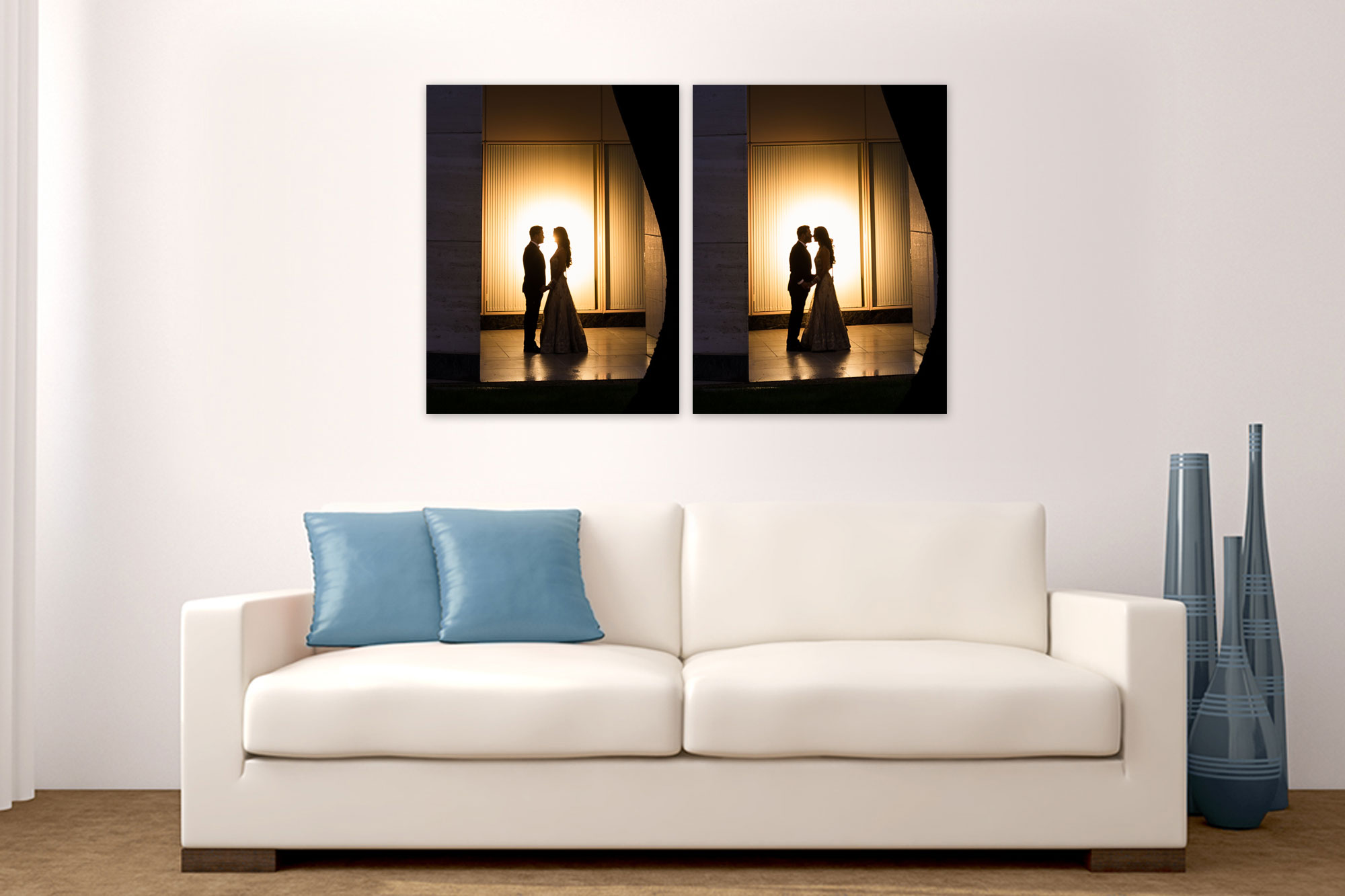
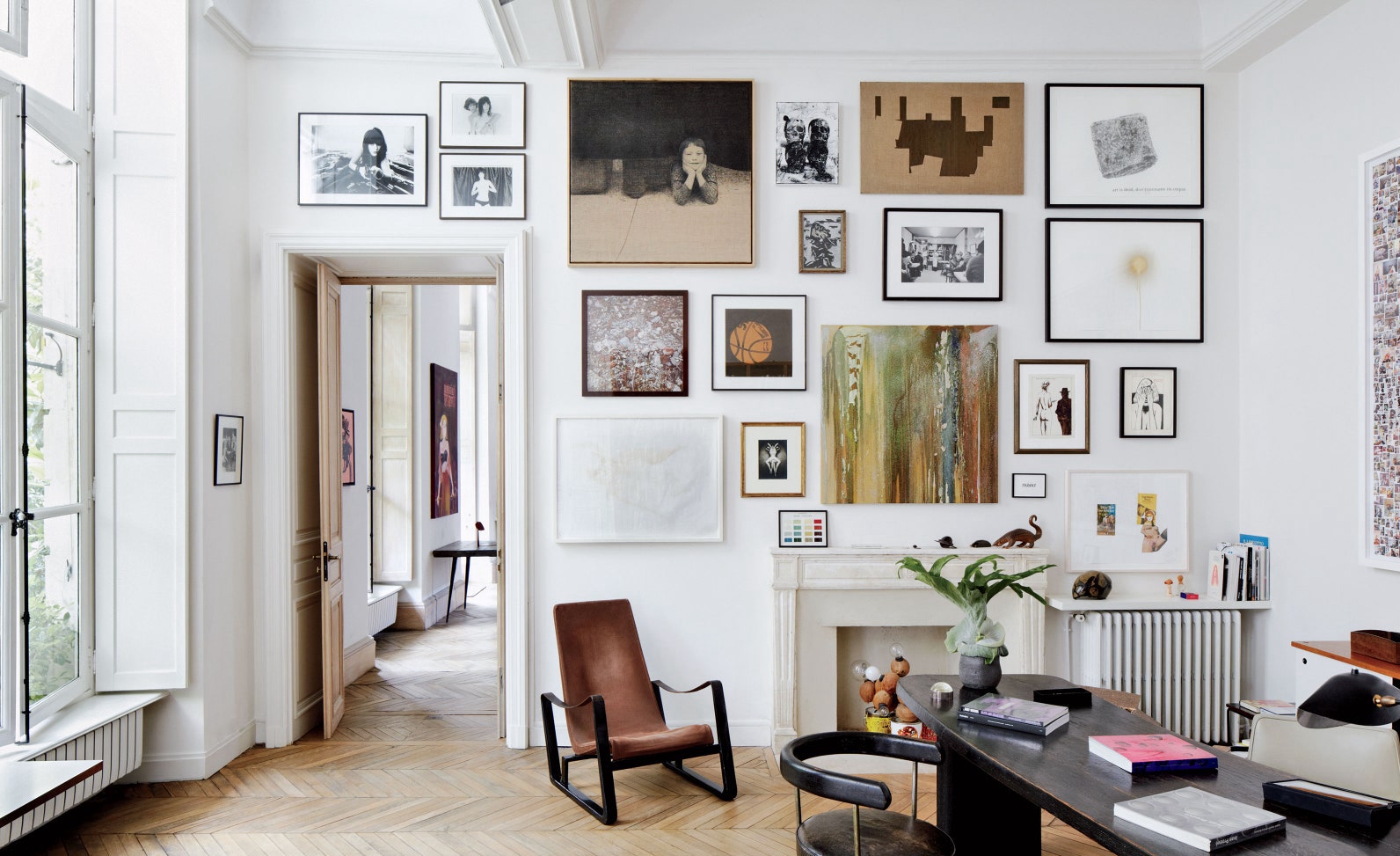

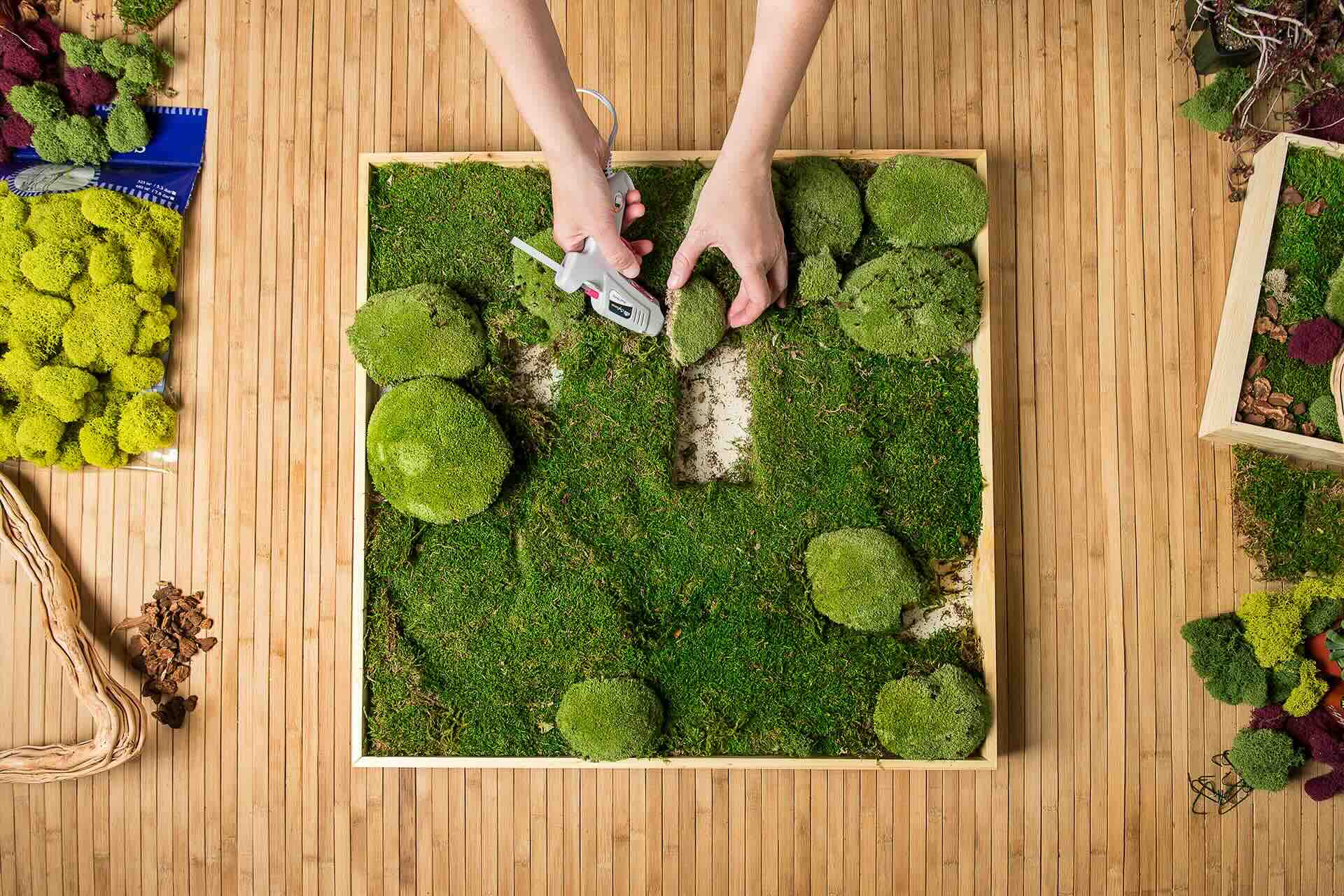
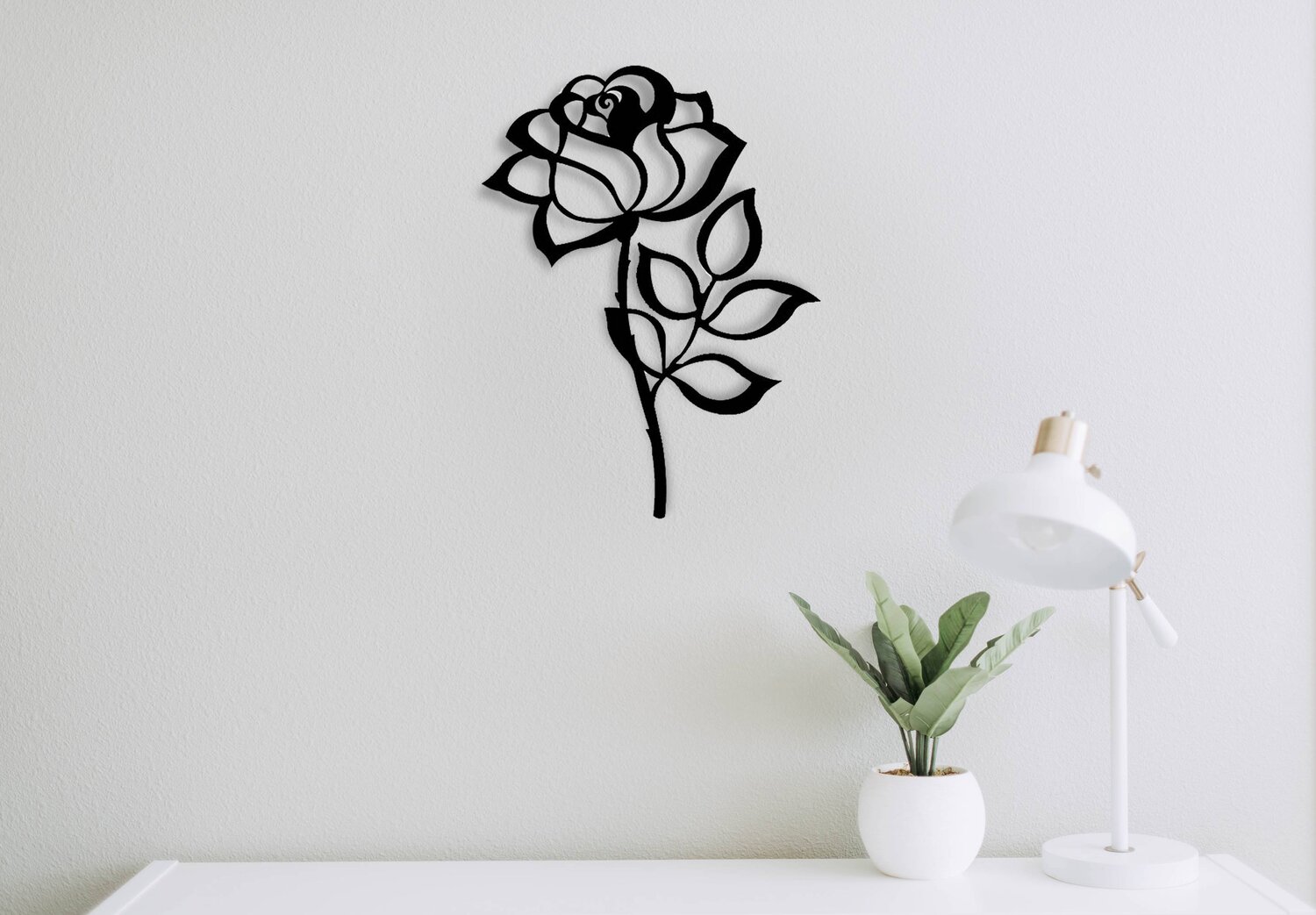
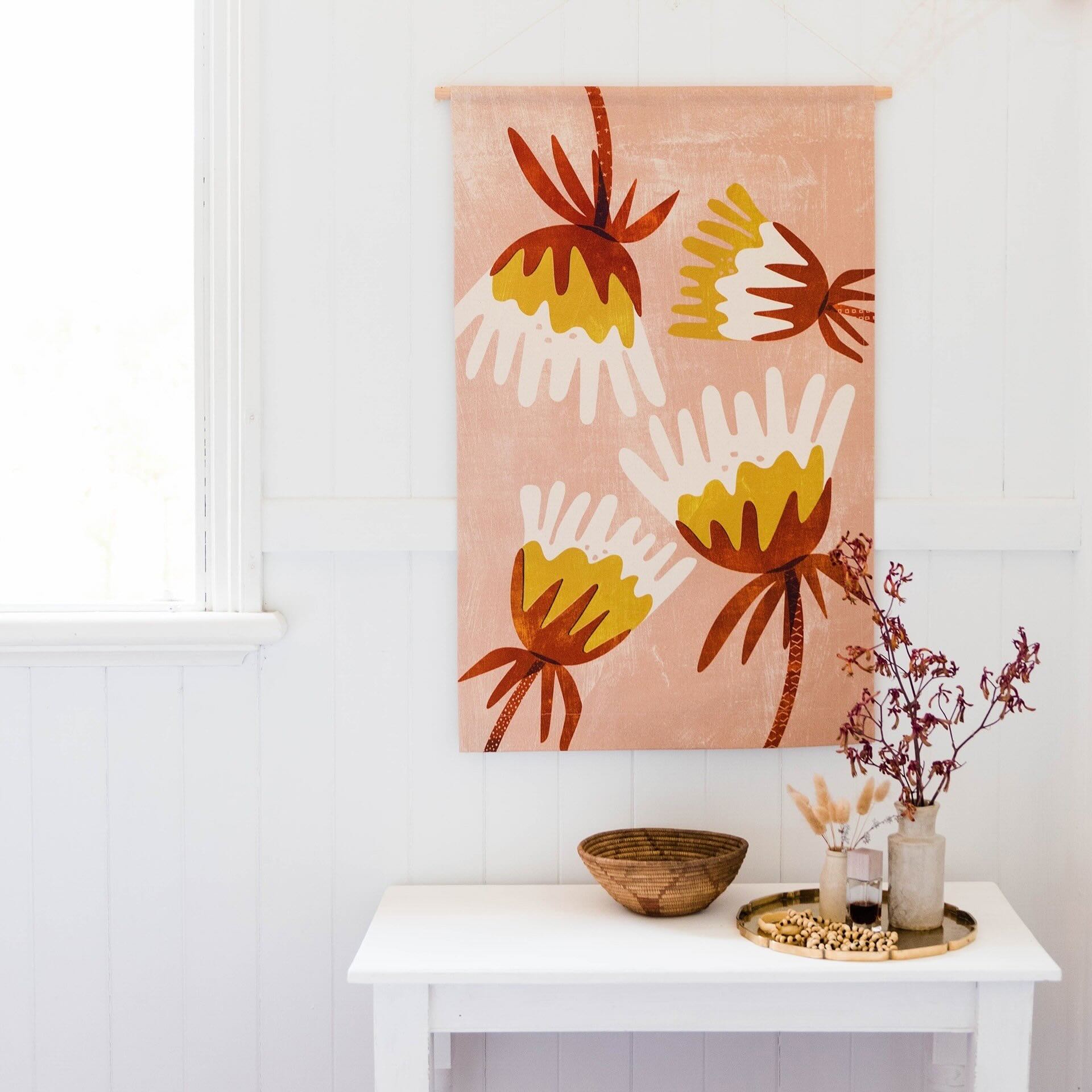

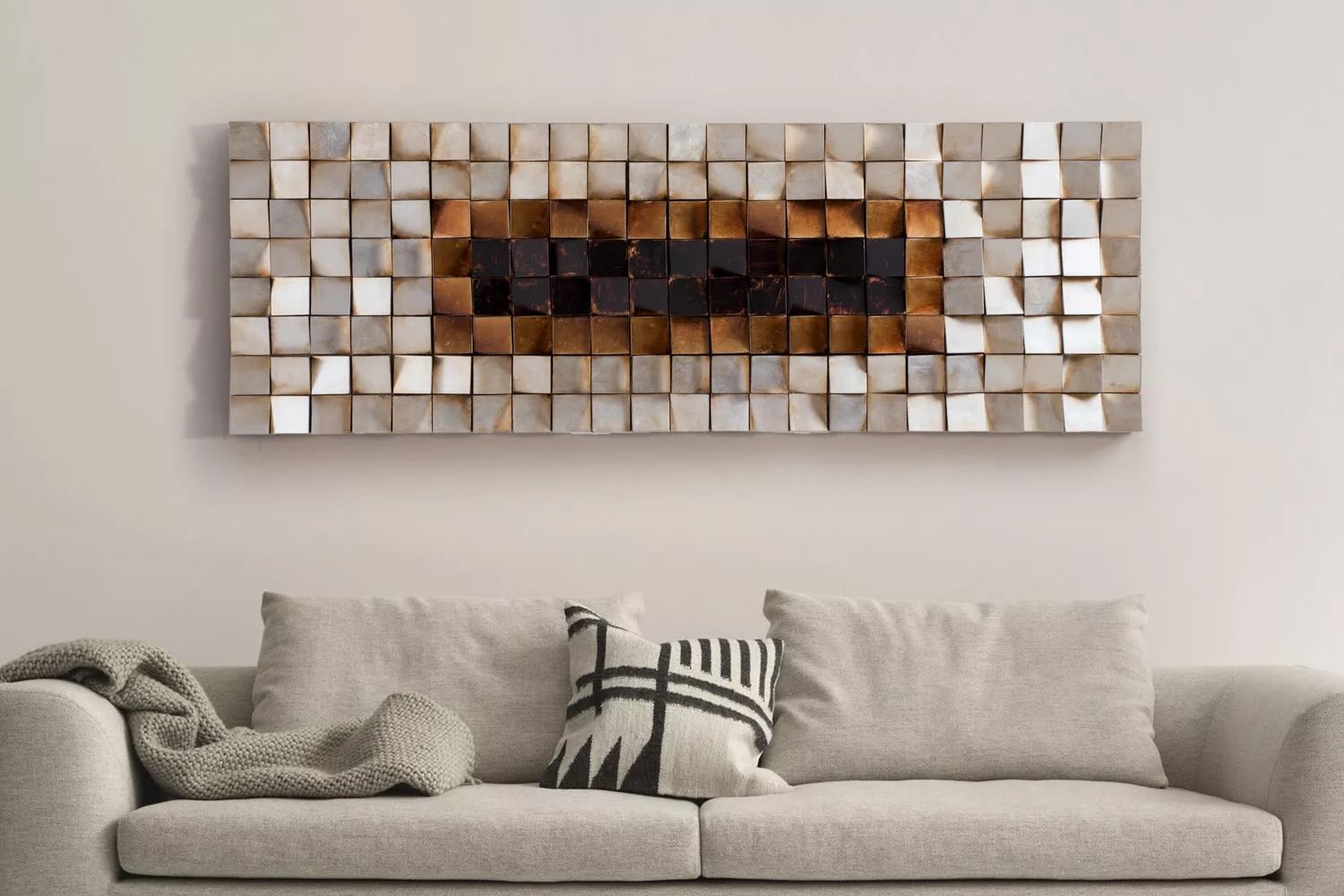
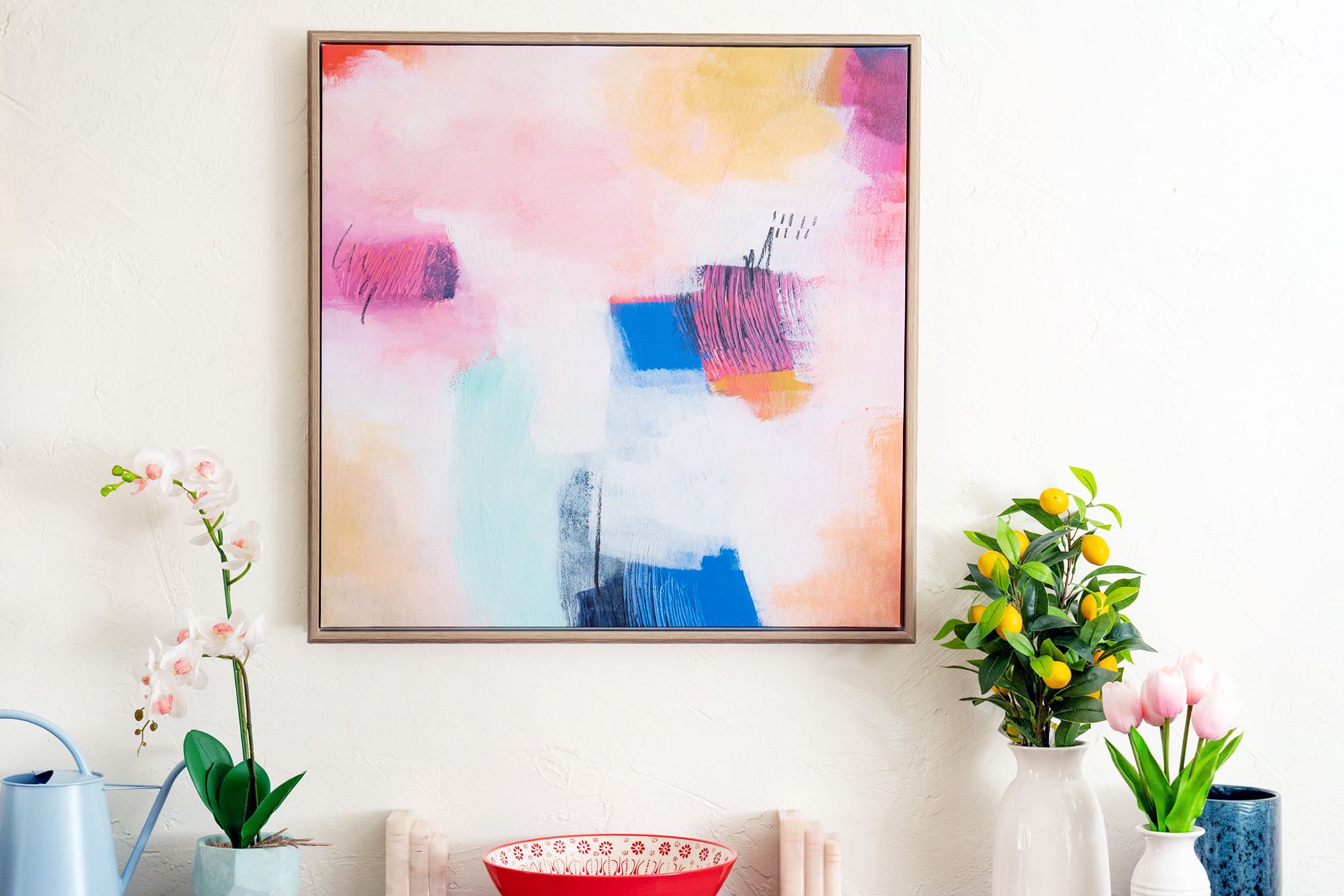
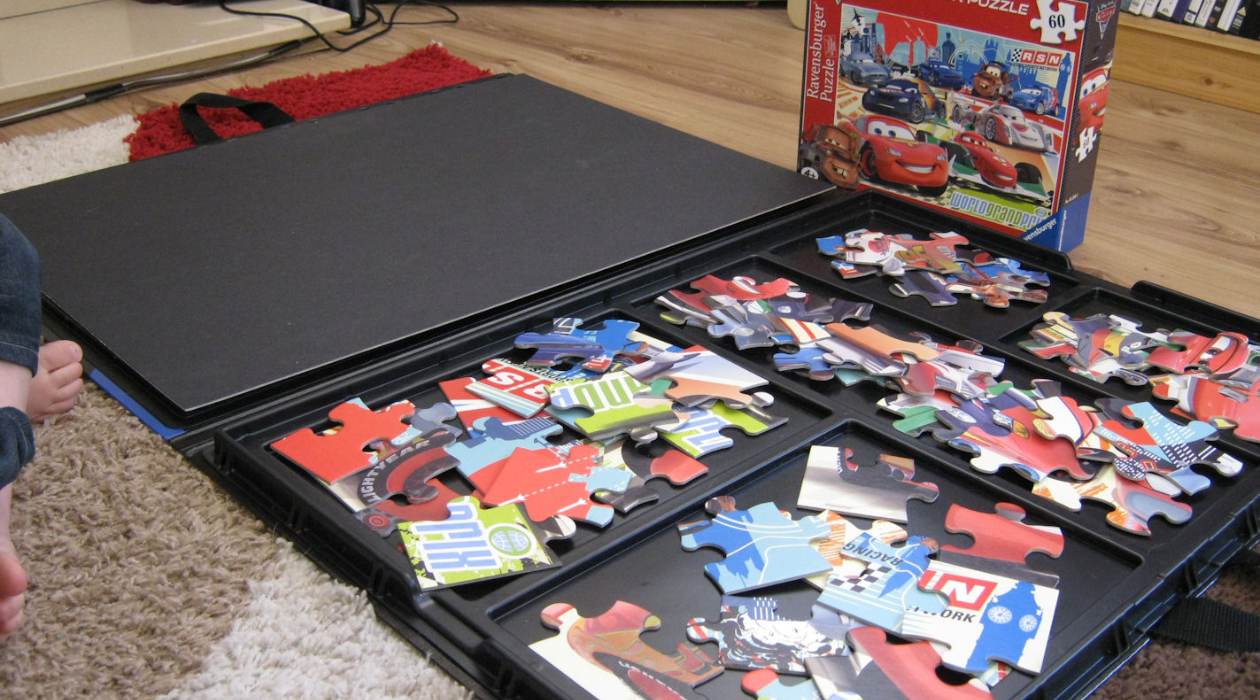
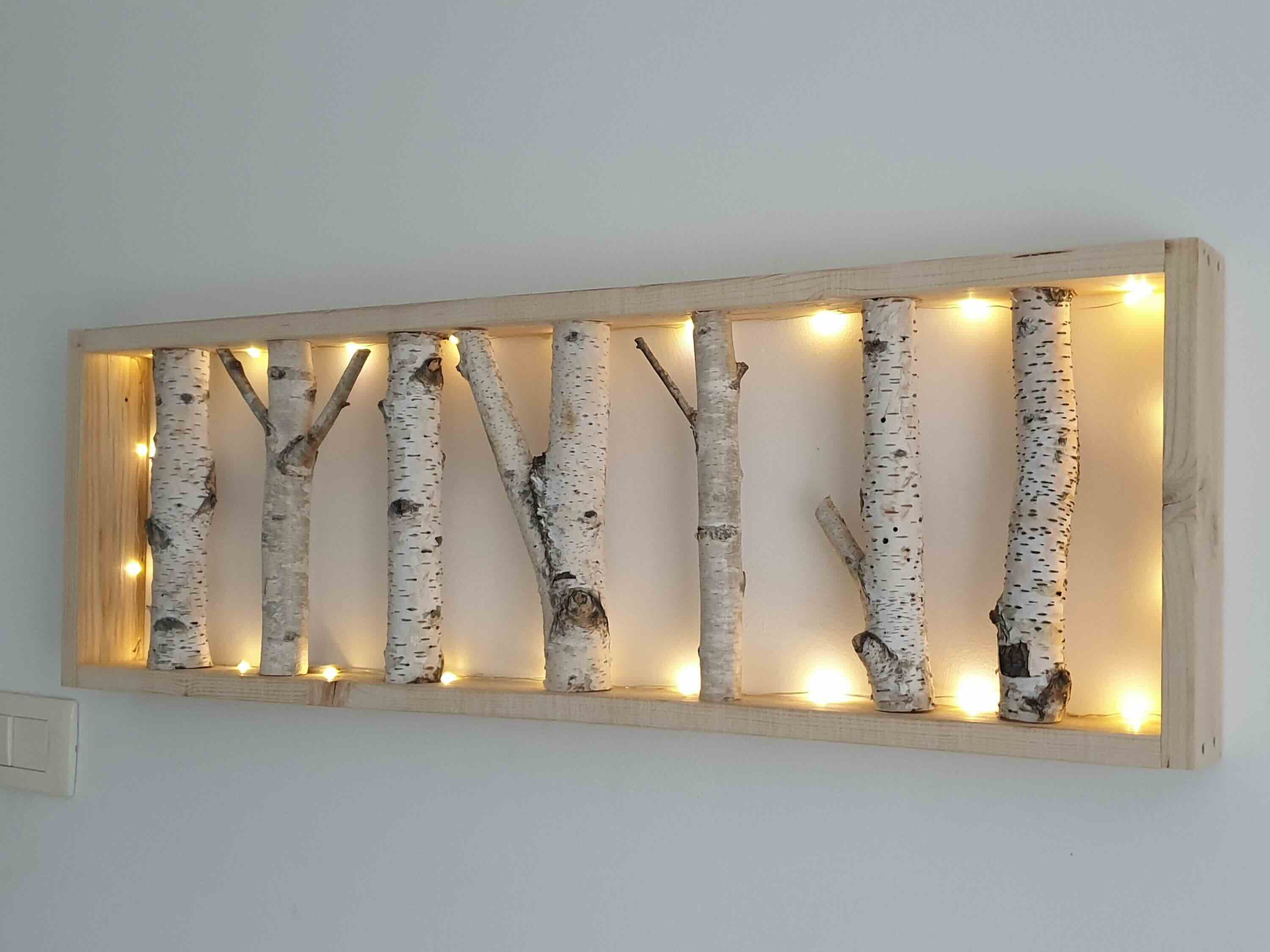
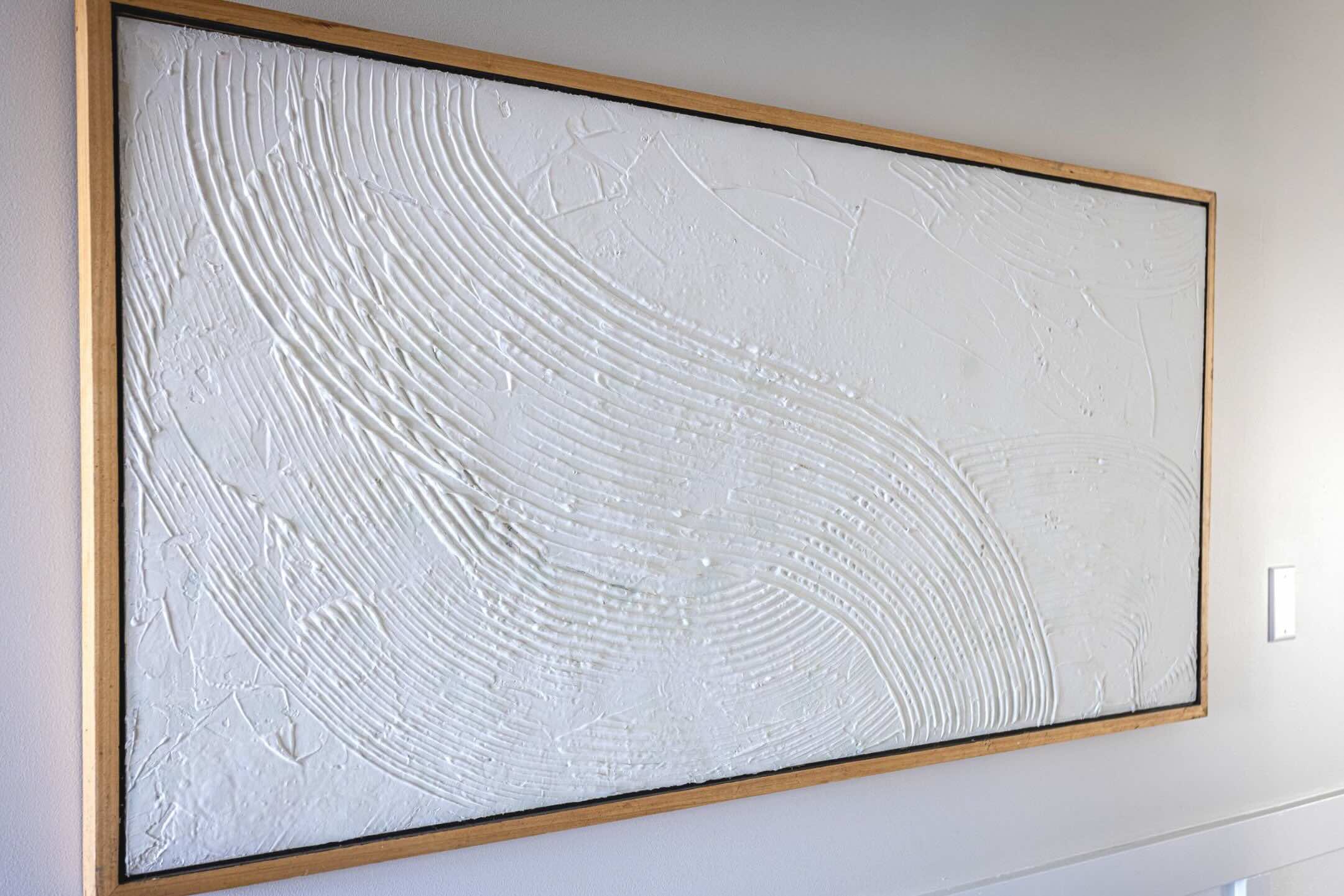
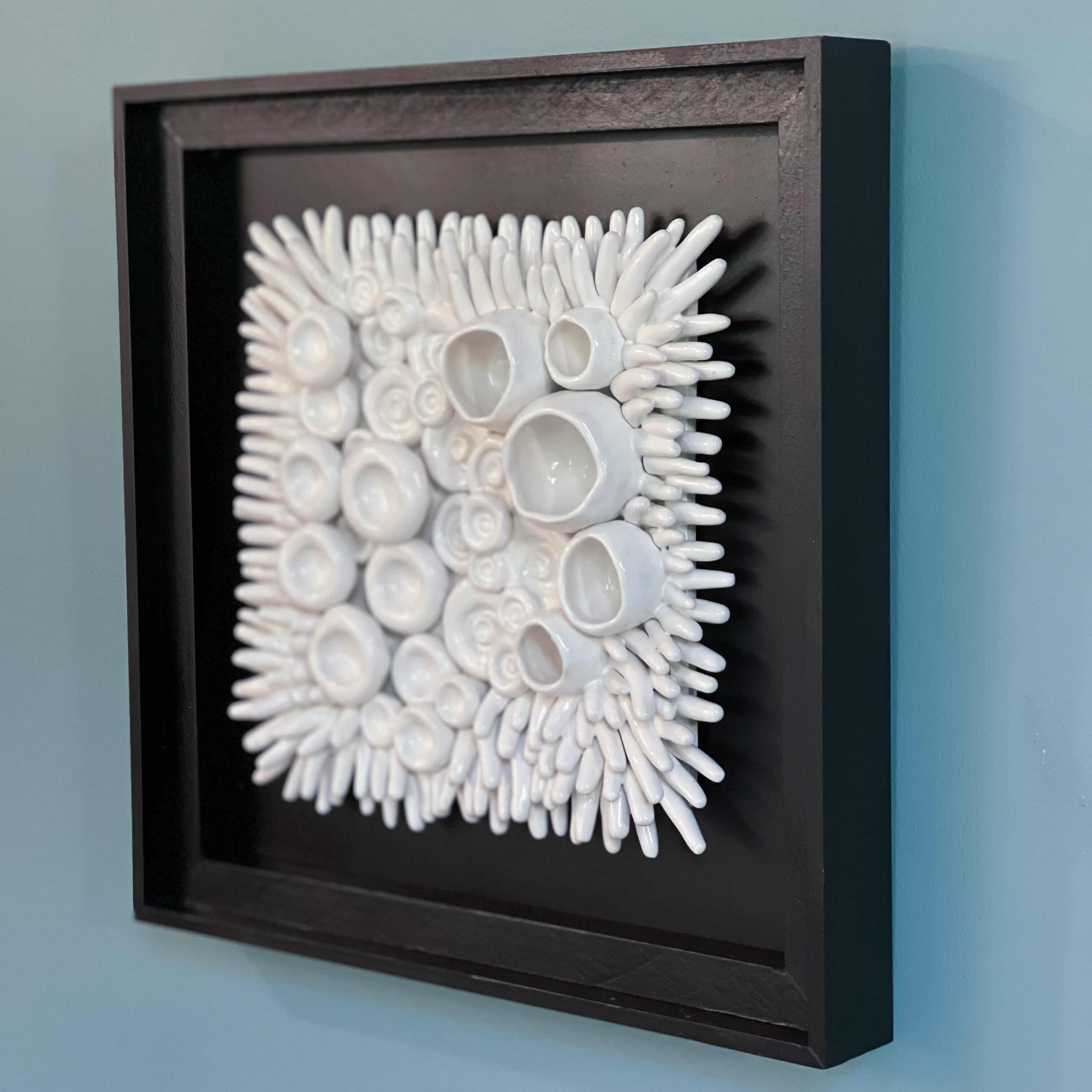
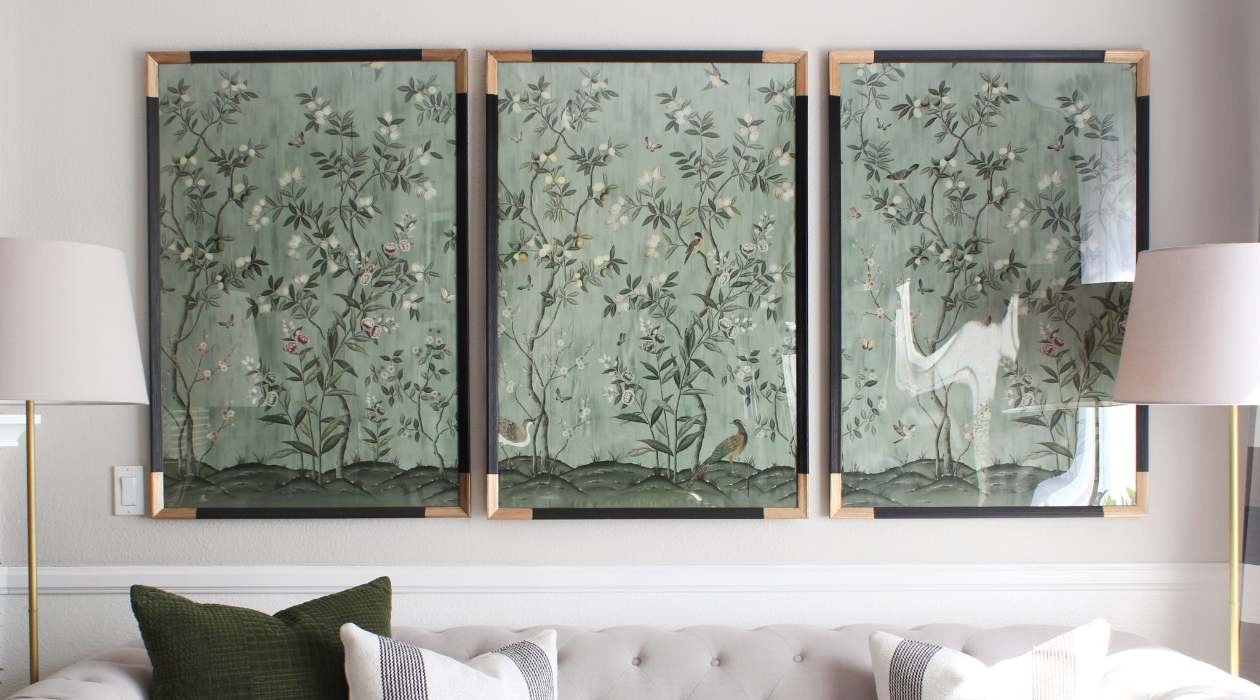

0 thoughts on “How To Turn A Puzzle Into Wall Art”